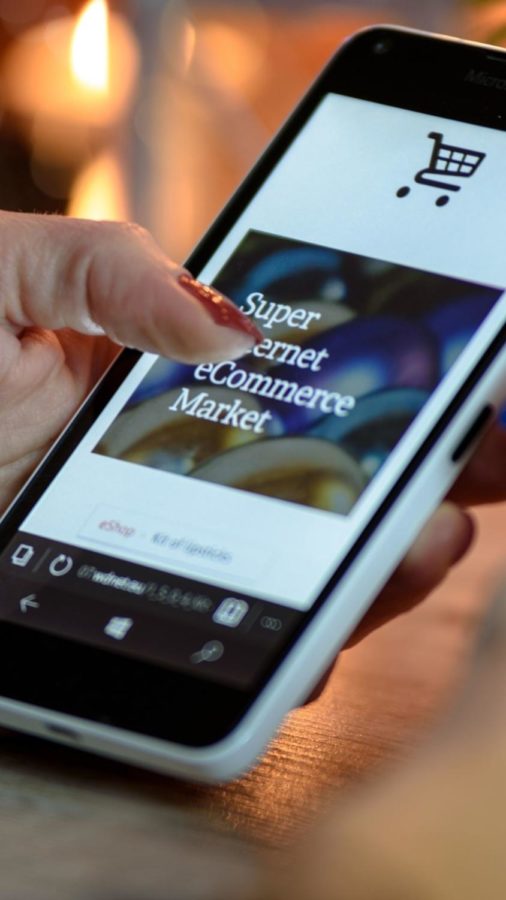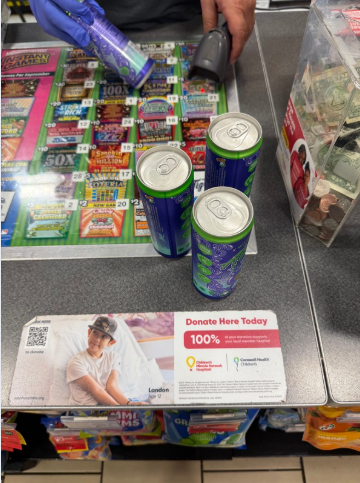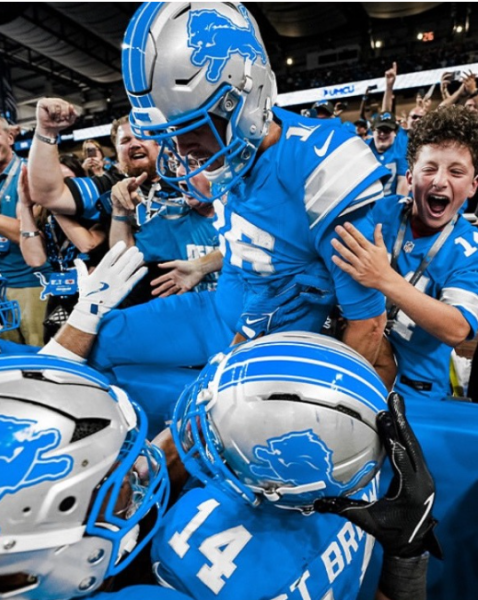Black-eye Friday
November 30, 2021
Black Friday has a much darker history than you might realize. You’ve probably heard this day’s title comes from the expression that when a company is making profits, it is “in the black”. In reality this is a more palatable definition than what originated in the 1950s with the Philadelphia Police department dubbing the day after Thanksgiving “Black Friday” due to the swarms of shoppers, massive traffic jams, and mobs of people looking for the best deal on their Christmas shopping.
There have been 14 deaths and 117 Black Friday related injuries since 2006. Some of the more intense incidents include the 2012 shooting of two shoppers over a parking spot in Tallahassee. In 2011, a woman attempting to gain a head start on discounted Xbox 360s in the Walmart electronics section pepper sprayed 20 Los Angeles shoppers in. In a 2014 instance, three buyers were arrested after a group of five people started fighting at a Kohl’s store in Tustin, California. Two female victims were found with facial lacerations, and one of them was taken to hospital with minor injuries, while the other was released on scene. Something about these deals brings out this primal rage in some people and causes them to lose their minds over a sale on flat screen TVs.
Stores that heavily participate in Black Friday rely on a psychological technique called the scarcity principle. This is where consumers place higher value on an object that is scarce, and a lower value on those that are in abundance. This is where phrases like “limited time only” or “while supplies last” come into play.
Psychologist and founder of the Health Psychology Clinic, Joanna Konstantopoulou, says there is psychological “pleasure associated with finding a great deal.” This, in conjunction with the dreaded fear-of-missing-out, leads us to impulse buy and is what fills up the Kohl’s parking lot hours before it opens on the morning post-Thanksgiving.
The goods sold on Black Friday are often mass produced in low quality material to sell as many items as possible. This coupled with the overconsuming, materialist culture centered around this holiday is detrimental to the environment every year. The items themselves are usually discarded after a few uses, and according to a new report, 80% of products bought on Black Friday will “end up in a landfill, incineration or—at best—low quality recycling.”
Now, with the recent rise of online shopping and Cyber Monday, air pollution spikes every November due to the delivery of online orders. Diana Verde Nieto, co-founder of Positive Luxury says, “In 2017, it was estimated that every 93 seconds, a diesel truck left an Amazon fulfilment centre.”
Black Friday is a dangerous holiday. It’s dangerous for the shoppers caught in violent mobs and it’s dangerous for our environment. The violently consumerist nature of Black Friday is a recipe for disaster as shoppers demand more and more and companies pump out faster, lower quality junk to meet our demands. The holiday can still be a fun day to buy things for ourselves and loved ones, but it needs to be reduced to a much smaller scale.
Kirsten Svenja Wiebe, a scientist at the independent research centre SINTEF says, “The world needs to go to less and higher quality consumption.”
Just remember to be cognizant of what you’re buying and how much you’re buying, and you should be all set to celebrate a fun and conscious Black Friday!







